Last Updated on July 17, 2024 by teamobn
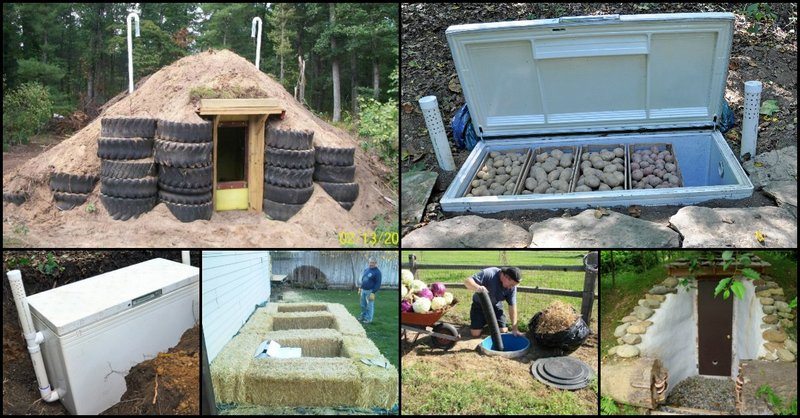
The idea of root cellars has been around for centuries, way before refrigerators were invented, and is still being utilized today. It’s an effective way of storing and preserving root vegetables and fruits such as carrots, potatoes, beets, turnips, apples, etc.
A cellar is a storage space located below the frost line in the ground, used for the storage of foodstuffs. It typically consists of a partially underground room or building, whose main purpose is to keep vegetables, fruits, nuts, and other foods fresh over long periods of time.
It is also usually associated with a building. However, it can be an enclosed structure, made of anything from stone or bricks to wood or sod. Some stand-alone structures are made of very thick masonry walls, designed to store heavy or frequently used items.
In some cases, the roof sits at or above ground level.
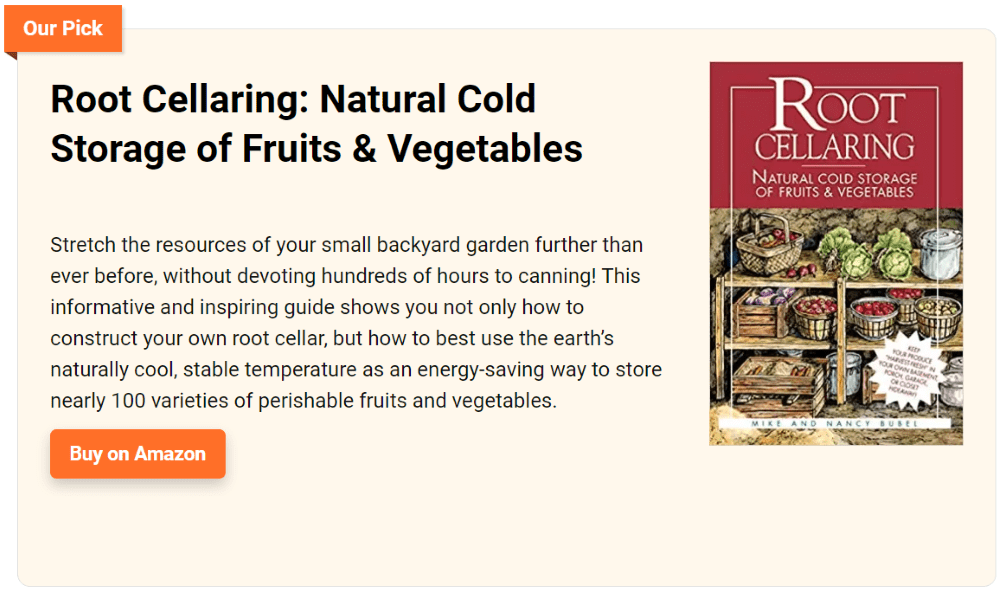
The major principle used in preserving produce this way is the natural insulation provided by the earth. They keep food from freezing during the winter months and prevent spoilage by keeping produce cool during summer.
Root Cellars can keep fruits, vegetables, and other foods fresh for months.
The top 3 benefits of storing your food here are:
- Safer – Since it is properly covered, they keep your food away from pests and vermin
- Fresher – it can keep your food fresher for longer periods of time.
- Cheaper – it can be easy to build and implement in your home, making it cheaper than buying pre-made root and it does not cost electricity.
If you have produce more than your existing refrigerator can handle, storing them in your backyard in a root cellar is a great idea that can keep you from increasing your power consumption.
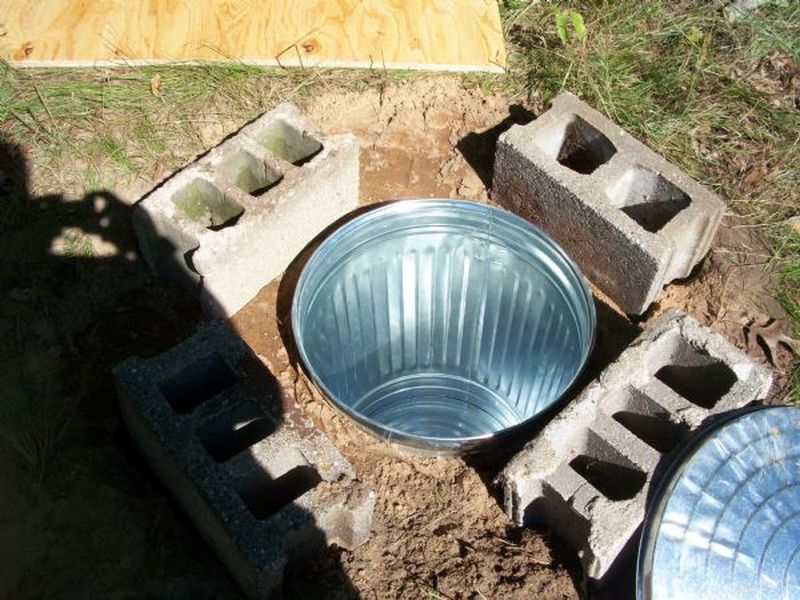
There are lots of ways to build your own root cellar, and most of them won’t cost you a lot.
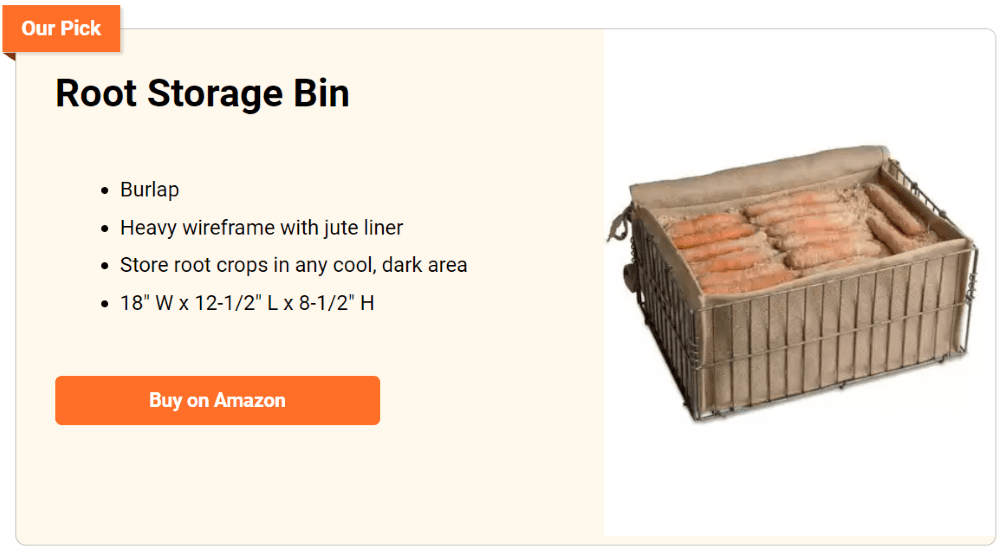
Here are some ideas to help you decide what type of root cellar suits your needs, available space, and budget…
Types of Root Cellars You Can Build Yourself
Click on any image to start the lightbox display. Use your Esc key to close the lightbox. You can also view the images as a slideshow if you prefer 
Buried Freezer
Repurposing an old non-functional freezer into a root cellar is a brilliant way to utilize waste and create efficient underground storage for your produce. The process involves burying the freezer in the ground with the door remaining at ground level.
This buried freezer root cellar capitalizes on the insulation properties of the freezer itself, enhanced by the surrounding earth, to maintain a constant cool temperature. It’s not just about recycling an old appliance; you’re setting up a practical, cost-effective storage solution right in your backyard. Ensure that the door seal remains intact to keep out moisture and pests, which enhances the effectiveness of your root cellar.
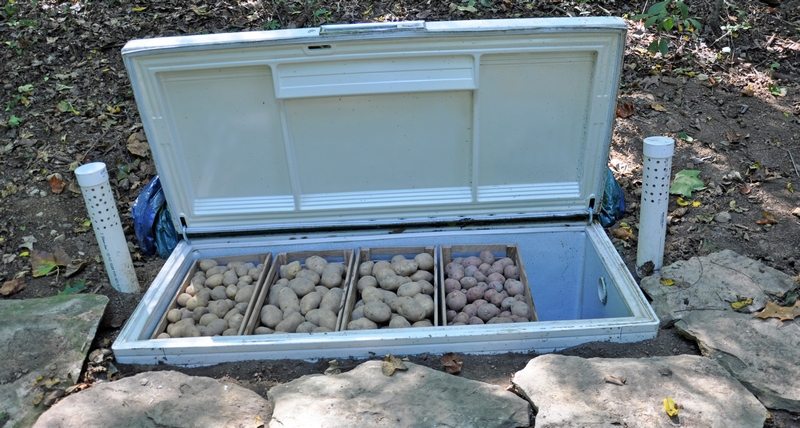
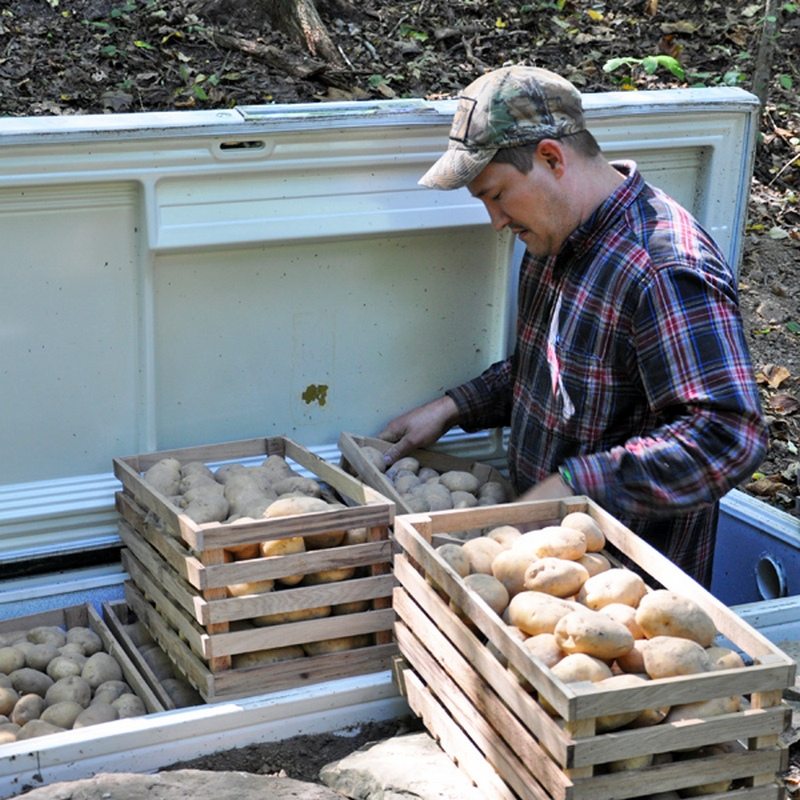
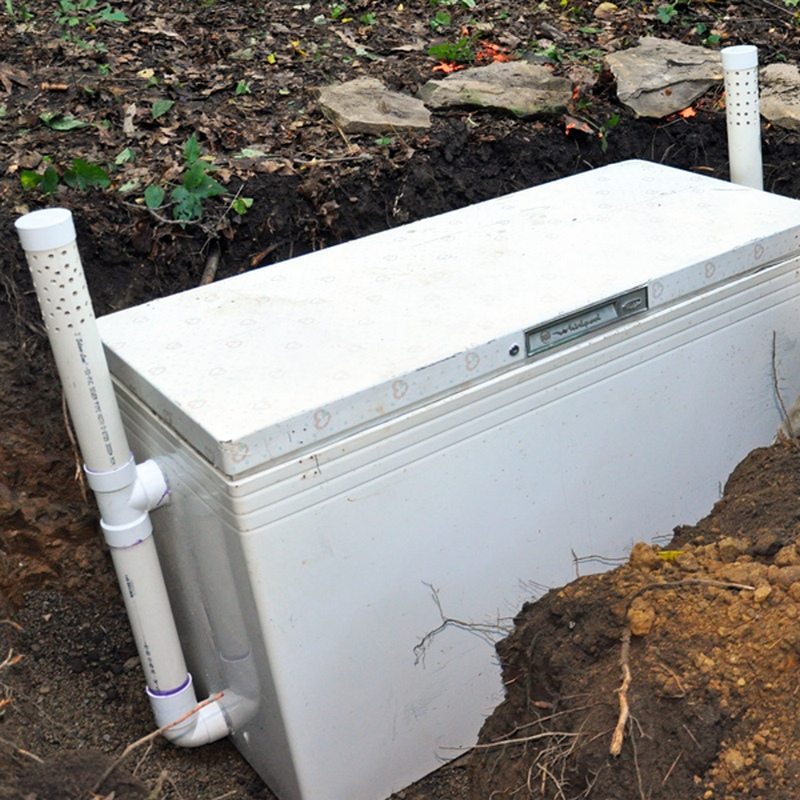
Trash Can
Using a tin trash can for your root cellar is another ingenious and budget-friendly option for storing surplus fruits and vegetables. This type of root cellar is easy to set up; simply dig a hole deep enough to fit the trash can and bury it, leaving the top accessible. To stabilize the can and protect it from direct soil pressure, surround it with cinder blocks that also serve as visual markers.
The tin construction helps in maintaining the cool temperature inside while acting as a barrier against pests and moisture. Additionally, the trash can root cellar is a space-saving solution, making it ideal for smaller gardens or yards. It’s an efficient and accessible way to extend the shelf life of your produce without investing heavily in infrastructure.
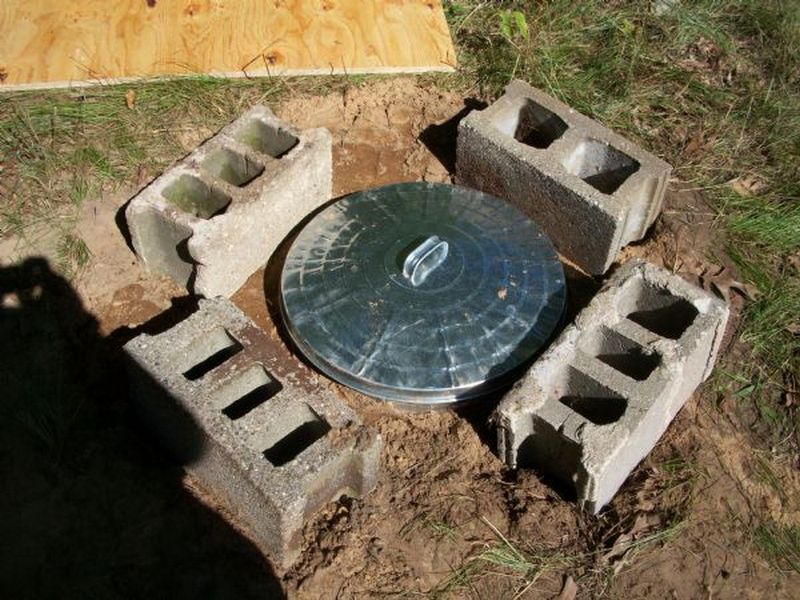

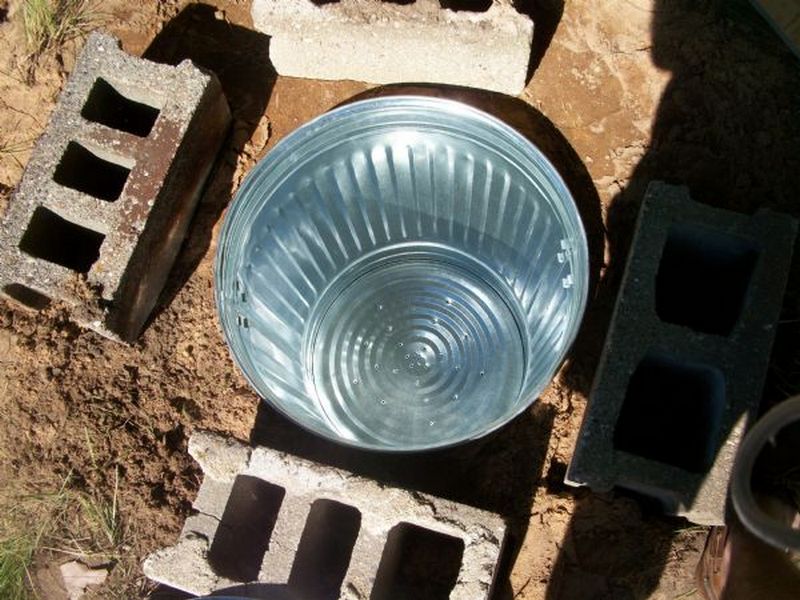
Repurposed Tank Root Cellar Storm Shelter
One creative and safe way to store fruit is turning a closed-off underground mine into a converted tank root cellar storm shelter. Because of their underground location, a historic coal, limestone, or iron ore mine offers a naturally insulated environment.
Originally meant to endure the stresses of mining activities, the thick concrete walls are strengthened even further with steel, producing a quite robust root cellar. Modern conveniences like air filters and a water purification system improve this construction and guarantee that the contents are kept in a controlled, hygienic surroundings.
This root cellar not only provides a safe location to keep food but also a possible haven against severe weather since a strong door with a tight lock adds an extra degree of security.
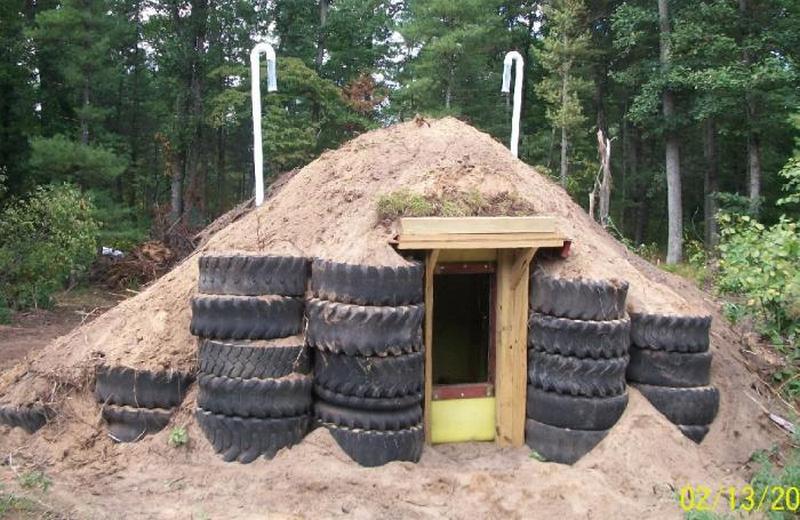
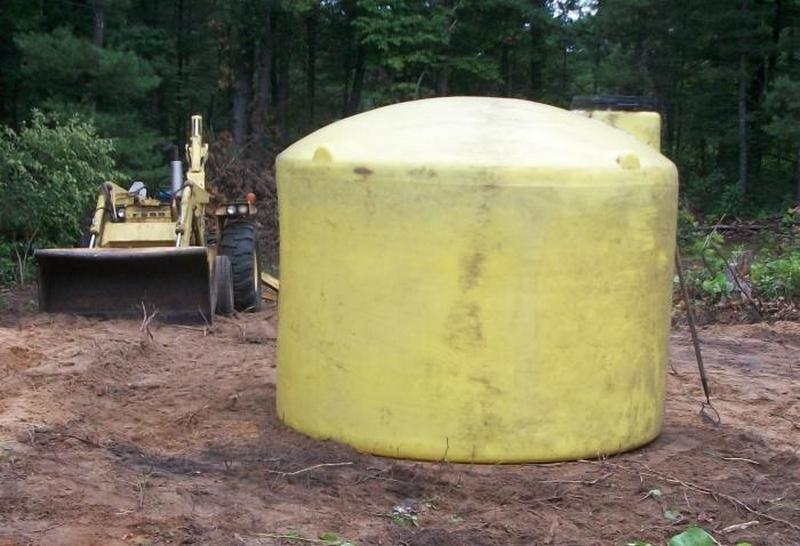
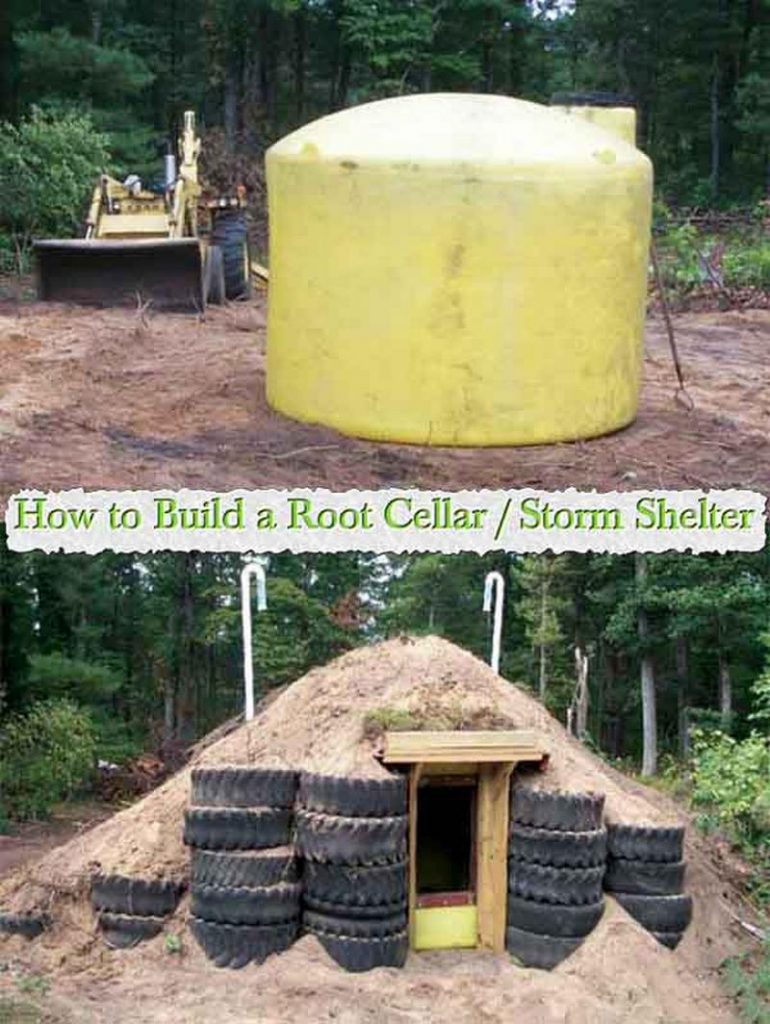
Strawbale Root Cellar
The environmentally beneficial building technique of the strawbale root cellar makes use of straw bales’ inherent insulating qualities. Reaching back to ancient Roman building methods, this method forms walls by stacking straw bales. Maintaining a stable temperature and humidity inside the root cellar depends on good thermal insulating, which these bales offer.
Since straw is a rapidly renewable resource with great degree of energy efficiency, this approach not only prolongs the freshness of your produce but also supports a sustainable building technique. Furthermore aesthetically stunning and easily fit into a garden environment, strawbale building transforms your root cellar from only practical to aesthetically pleasing element of your outdoor area.
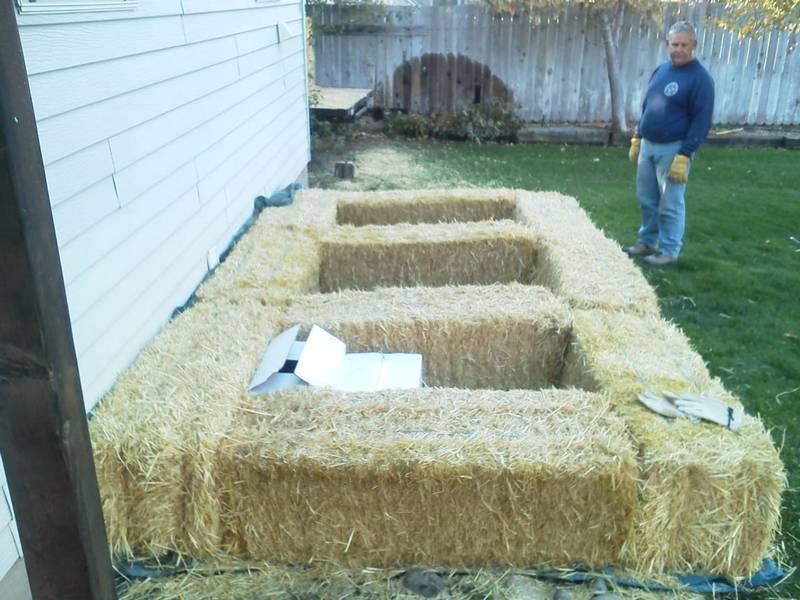
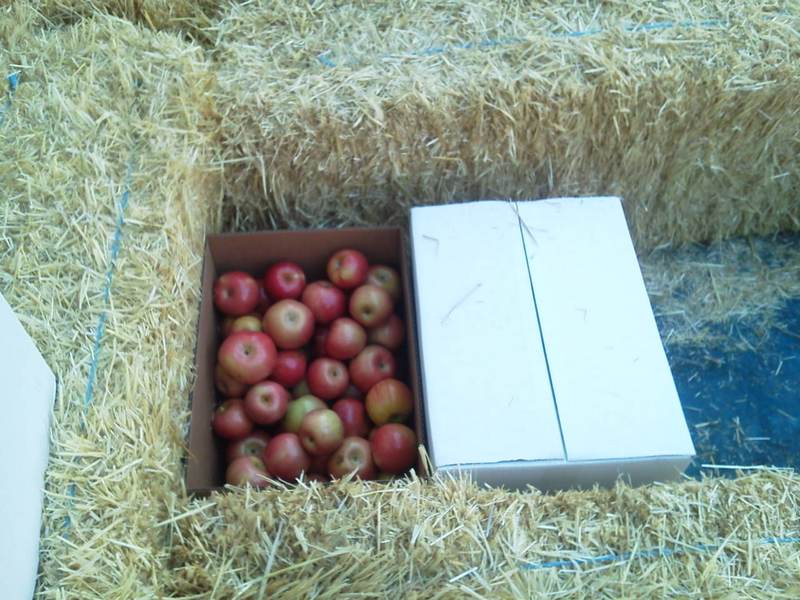
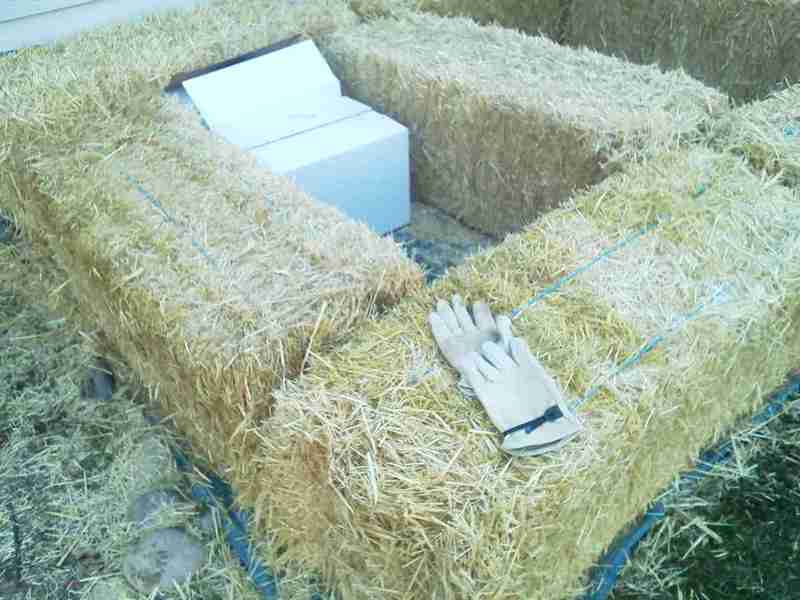
Barrel Root Cellar
A basic yet efficient way to store perishable items underground is with the barrel storage vault. The basis of this kind of cellar is a conventional 55-gallon steel drum. Strategically buried in the ground, the barrel naturally insulates the contents from seasonal variations in temperature. This arrangement is perfect for preserving a cold, stable climate needed for the preservation of root crops like fruits and vegetables.
Soil fills the area around the barrel, offering still another layer of thermal protection. Its cylindrical form makes best use of vertical space, hence it is a good choice for compact gardens or yards where space is limited. Using basic materials for long-term storage efficiency, the reasonably priced, easy-to-use Barrel Storage Vault is.
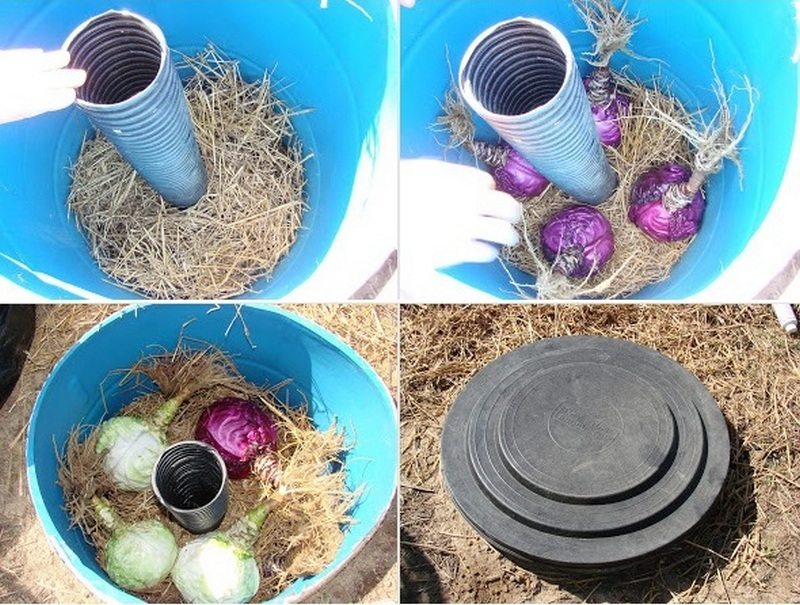
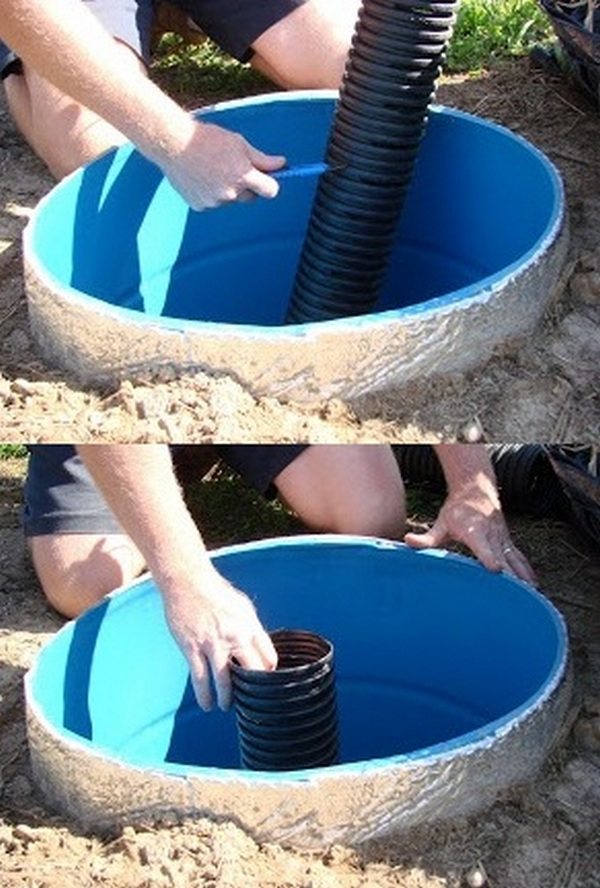
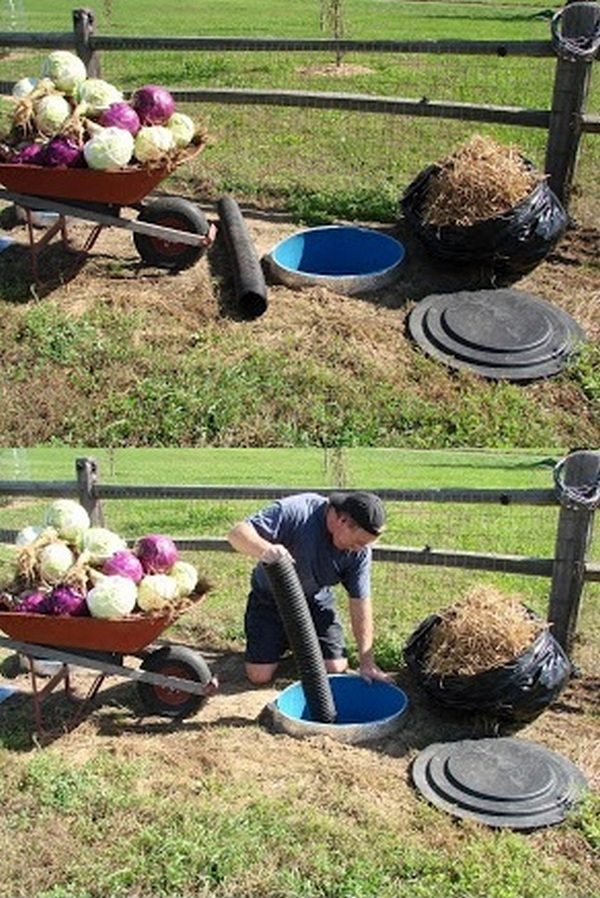
Earthbag Root Cellar
The creative method of earthbag building used by the Earthbag Preservation Chamber produces a very durable, highly insulated subterranean storage facility. Using the thermal mass of the earth, this approach stacks bags to create the cellar’s walls, therefore preserving consistent temperature and humidity levels within. The earth-filled bags’ inherent insulating qualities guarantee that, over long times, the internal atmosphere is ideal for the preservation of perishable items.
Since this kind of cellar makes use of easily available, usually repurposed materials, it is also environmentally friendly. Eco-aware people wishing to use a dependable, sustainable food storage option that complements natural building methods would find the Earthbag Preservation Chamber especially appropriate.
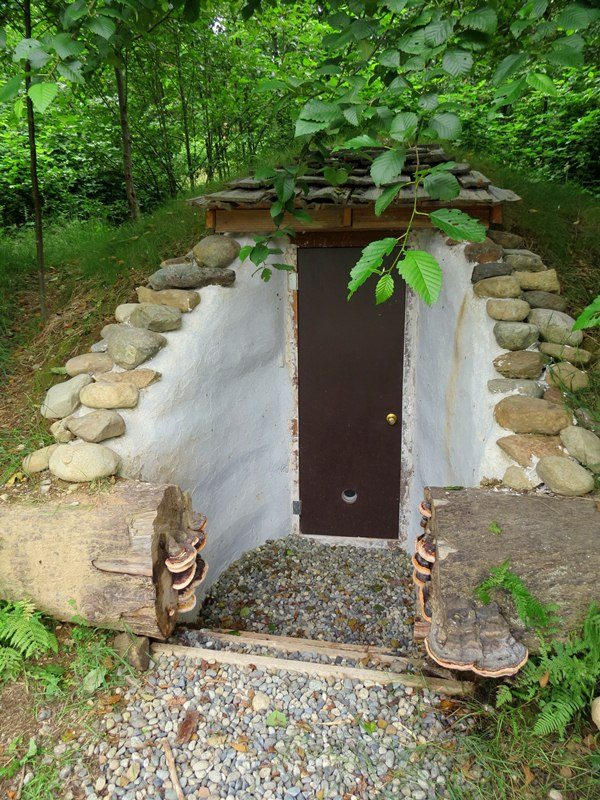
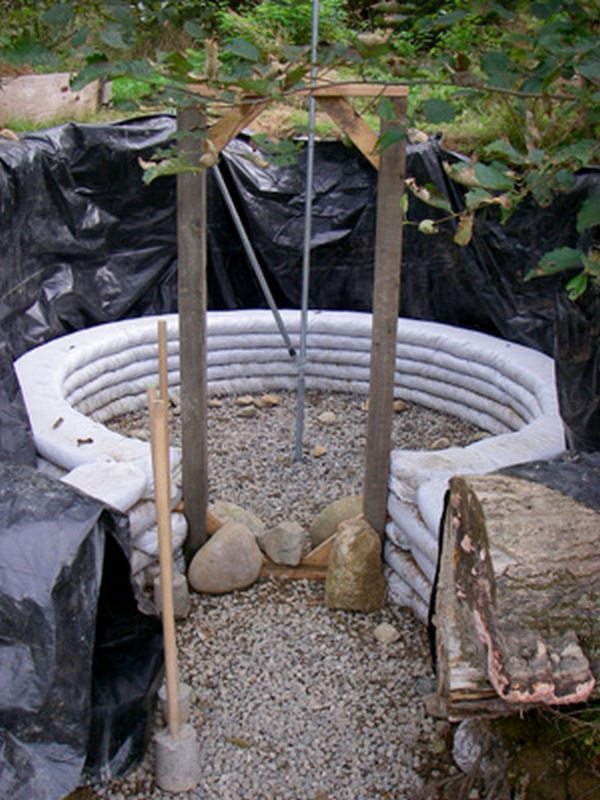
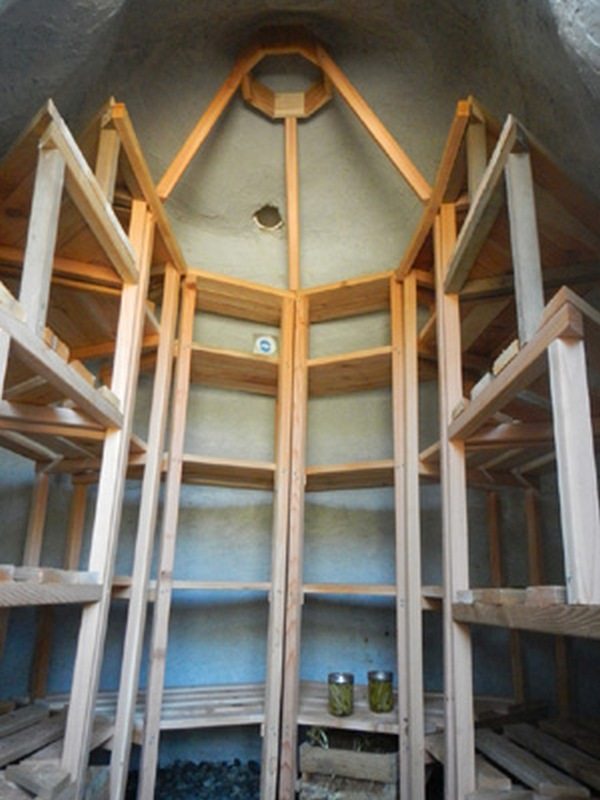
Advanced Ventilation Techniques for Underground Storage
Maintaining the right conditions in subterranean storage areas depends on proper ventilation. Having a strong ventilation system guarantees that perishable produce, wine, or other temperature-sensitive products stay fresh and well-preserved whether you are storing them.
Emphasizing air flow, temperature management, and humidity control, this tutorial will go over some modern ventilation systems that can be customized to fit the particular requirements of your subterranean storage.
Passive Ventilation Systems
Passive ventilation makes advantage of natural airflow to preserve the proper environmental conditions free from mechanical system need. This method generates natural air drafts by means of deliberate vent placement. Usually, one vent is positioned higher to act as an exhaust and another lower to let cold, fresh air. Warm air naturally rises and helps to draw colder air from the bottom vent, therefore cycling the air within the storage area. Many find this approach to be attractive since it is affordable and energy-efficient.
Active Ventilation Systems
Active ventilation systems may be required for bigger or more complicated subterensive storage spaces. By means of fans or blowers, these systems create air circulation, therefore offering additional control over airflow rates and direction.
Active systems are very helpful in areas lacking natural airflow or in buildings needing constant air exchange rates to control humidity and stop the accumulation of dangerous gases. Integrating elements such as electric fans, ducts, and electronic controls helps automate the system and guarantees constant maintenance of ideal conditions.
Humidity Control Techniques
Maintaining the integrity of kept goods and stopping the formation of mold depend on lowing humidity. One good approach is to include hygroscopic elements into the ventilation system. These materials—silica gel or calcium chloride—absorb extra moisture from the air, hence lowering humidity levels.
Furthermore, when natural means are inadequate, especially in warmer months when humidity usually is higher, installing a dehumidifier can aggressively eliminate moisture.
Temperature Regulation
Underground storage environments depend mostly on maintaining a constant temperature. Thermal insulation of ventilation ducts can help to stop heat flow from the outside environment thus.
In colder climates, it’s crucial to ensure that trash or snow does not block air inlets, limiting airflow and causing temperature swings. On the other hand, in hot climates, shading air inlets and applying reflecting materials around ventilation apertures can help keep arriving air cool.
Automated Control Systems
Including automated controls in your ventilation system will significantly improve its performance and efficiency. Temperatures, hygrometers, and carbon dioxide sensors can continuously monitor conditions and guide airflow. Important for the long-term protection of delicate objects, automation guarantees that the surroundings stay stable without continuous human modifications.
Custom Ventilation Solutions
Depending on its size, location, and the kind of goods kept, every underground storage space has different needs. One can create custom ventilation solutions to satisfy these particular needs. Often a good investment is to speak with a professional able to evaluate the specific difficulties and provide suitable ventilation techniques recommendations.
By using these cutting-edge ventilation systems, your underground storage area’s sustainability and usefulness will be much enhanced. Maintaining these well-ventilated areas guarantees not only the safety and great condition of kept products but also extends their lifetime.
Conclusion
Exploring different root cellar designs offers a range of solutions tailored to varying needs and environments, each with unique benefits. From repurposed materials to advanced construction techniques, these cellars provide efficient, sustainable storage options for perishable goods. Ultimately, choosing the right type of root cellar depends on your specific storage requirements, climate conditions, and available space.
If you liked these, you will also like viewing these storage ideas…
























